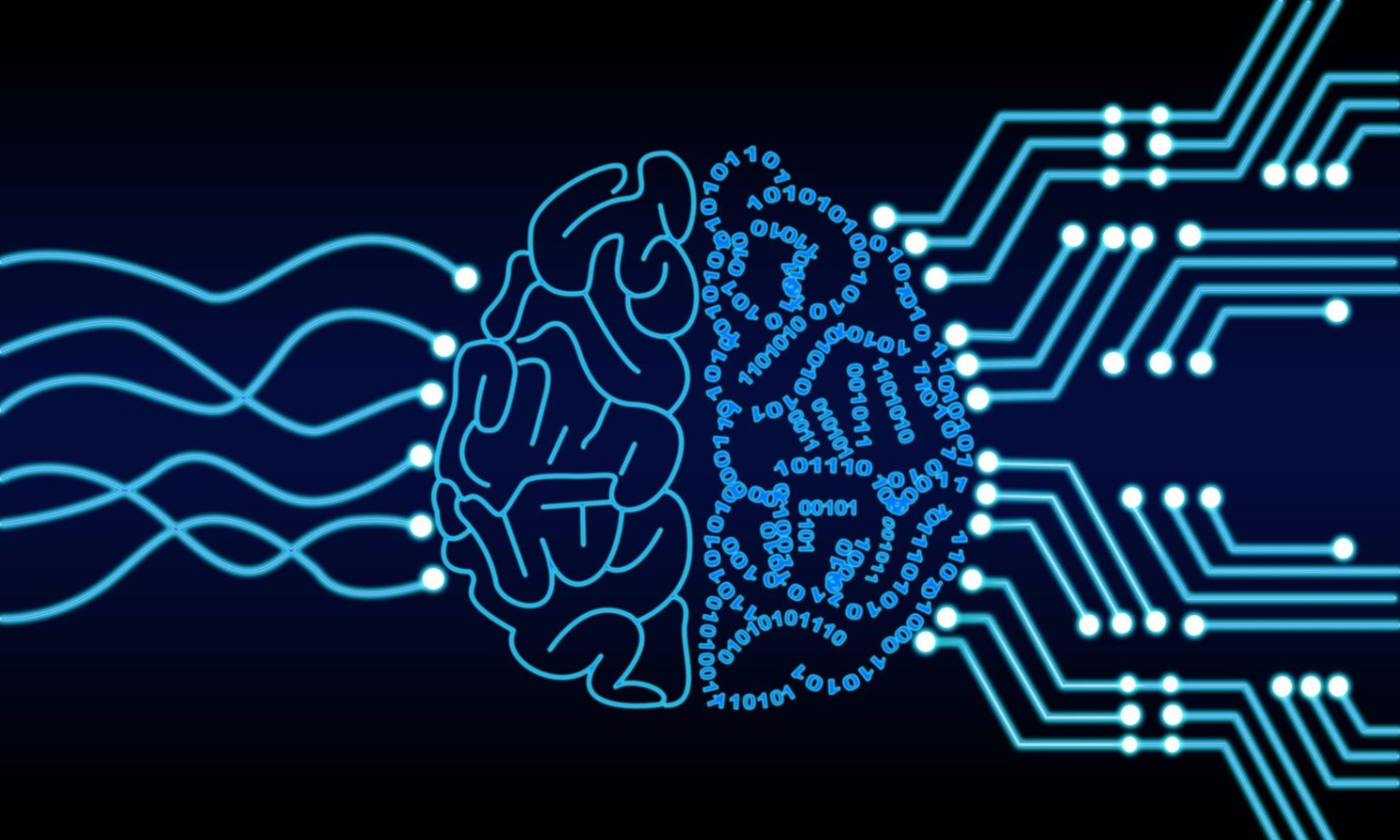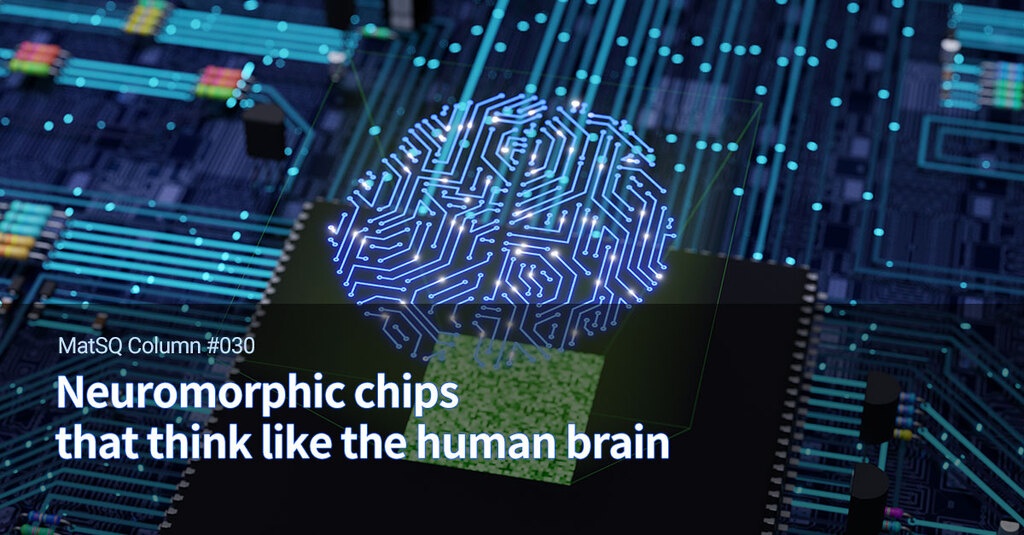You’ll learn into the intricacies of neuromorphic computing, understanding its core principles and how it mimics the human brain’s functionality.
You’ll explore the burgeoning job opportunities in this field, learn about the skills required, and discover how to position yourself in this innovative and promising career path.

Introduction to Neuromorphic Computing
Neuromorphic computing is a type of computing that mimics the architecture and functioning of the human brain. Instead of traditional architectures, it uses systems designed to behave like neural networks.
This approach allows for more efficient processing of complex tasks such as pattern recognition, decision-making, and sensory processing.
The hardware and software are specifically designed to emulate the way neurons and synapses work, resulting in a more power-efficient and faster computing system.
How Neuromorphic Computing Technology Works
The core components include artificial neurons and synapses. These components are interconnected to form neuromorphic networks.
- Artificial Neurons: These serve as the basic processing units, transforming input signals into output signals based on certain activation functions.
- Synapses: They connect the artificial neurons, transmitting signals between them. The strength of these connections can be adjusted, enabling the system to learn from experience.
- Learning and Adaptation: Neuromorphic memory allows systems to adjust the synaptic weights (the strength of connections) based on the input they receive. This mimics the learning process in the human brain.
- Parallel Processing: Multiple processes occur simultaneously, leading to faster computation, especially for tasks like pattern recognition and decision-making.
- Energy Efficiency: Due to their design, the systems can be more energy-efficient than traditional computers for certain tasks.
Current Applications of Neuromorphic Computing
Neuromorphic computing examples are currently being applied in various fields, demonstrating its versatility and potential. Some of the notable applications include:
- Robotics: Enhancing robots with the ability to process sensory data and make decisions in real-time.
- Artificial Intelligence: Improving machine learning algorithms, especially in areas like pattern recognition and anomaly detection.
- Sensor Processing: Excels in processing data from sensors, useful in fields like surveillance and environmental monitoring.
- Biomedical: Assisting in processing neurological data, which has implications for understanding brain functions and developing treatments.
- Autonomous Vehicles: Enhancing the decision-making capabilities of self-driving cars.
- Smart Cameras: Implementing advanced object detection and scene interpretation.
These applications showcase the capacity to handle complex, real-time data processing tasks efficiently.
Jobs and Career Paths
Neuromorphic computing offers various job roles and career paths, given its interdisciplinary nature. Here’s a rundown:
- Research and Development: Engaging in the creation and enhancement of NC systems. Roles include researchers, engineers, and developers.
- Software Development: Developing algorithms and software tailored for neuromorphic hardware. Requires proficiency in programming and understanding of neural networks.
- Hardware Engineering: Designing and building the physical components of the systems. Knowledge of electronics and material science is crucial.
- Application Specialist: Focusing on implementing in specific industries like robotics, AI, or healthcare.
- Data Scientist: Using NC for data analysis and machine learning tasks.
- Academic Working: Teaching and conducting research in universities and research institutions.
- Product Management: Overseeing the development of products from conception to market.
Skills and Education Required
Possessing these skills and educational qualifications will position you well for a career in the exciting field of neuromorphic computing.
- Educational Background: A bachelor’s or master’s degree in computer science, electrical engineering, or a closely related field is typically required.
- Programming Skills: Proficiency in programming languages such as Python, C++, or Java is crucial. You should have experience with software development and debugging.
- Understanding of Machine Learning and Neural Networks: A deep understanding of machine learning algorithms and neural networks is essential, as these are the foundational concepts behind them.
- Data Analysis Skills: The ability to analyze and interpret data is important, especially for roles that involve implementing solutions.
- Problem-Solving Abilities: Strong problem-solving skills are necessary for troubleshooting issues and optimizing the performance of neuromorphic processing systems.
- Communication Skills: You must be able to communicate complex technical information clearly to individuals from diverse backgrounds.
- Commitment to Continuous Learning: Given the fast-paced nature of the field, a commitment to continuous learning and staying abreast of the latest developments is vital.

Positioning as a Candidate in Neuromorphic Computing
Work on projects related to neuromorphic computing. Create a portfolio showcasing these projects and your skills. Seek internships or entry-level positions that provide hands-on experience.
Connect with professionals in the field through LinkedIn, attend conferences, and participate in forums related to the area. Follow relevant journals, blogs, and news sources to stay updated.
Practice solving technical problems and prepare to discuss your projects and experiences in interviews. In your resume, highlight your skills and experiences that are relevant to the field.
By following these steps, you can position yourself as a strong candidate for jobs in this practice.
Main Companies to Work in Neuromorphic Computing
These companies represent some of the key players working of neuromorphic computing, offering various opportunities for professionals interested in the field.
- IBM: A leader in the field, IBM’s research includes their TrueNorth project, IBM TrueNorth chip, focusing on developing energy-efficient, brain-inspired computing.
- Intel: Intel is making strides with its Loihi neuromorphic research chip, designed to mimic how the brain works to perform tasks more efficiently.
- Hewlett Packard Enterprise (HPE): HPE is involved in NC research, aiming to create computers that can learn and adapt.
- Qualcomm: With their focus on mobile technology, Qualcomm is researching to enhance devices’ processing capabilities.
- Samsung: As a global technology giant, Samsung invests in neuromorphic engineering for future applications in electronics and devices.
- NVIDIA: Known for their GPUs, NVIDIA also delves into these neurosystems, focusing on applications in AI and deep learning.
- BrainChip: A specialized company, BrainChip focuses solely on neuromorphic technology like neuromorphic chips, aiming to bring innovative solutions to the market.
Conclusion
Neuromorphic computing is a rapidly evolving field, promising innovative solutions and efficiencies akin to human brain function.
The interdisciplinary nature of the field opens up varied job roles, spanning research and development, software and hardware engineering, data science, and more.
To secure a job in this domain, a strong educational foundation in computer science or electrical engineering is paramount, coupled with skills in programming, machine learning, and neural networks.